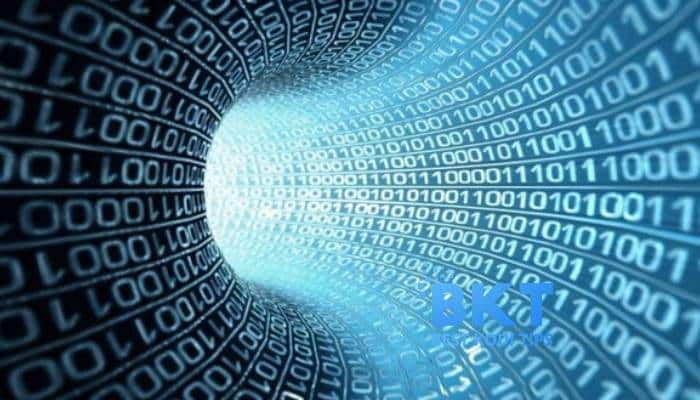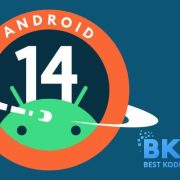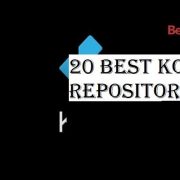The world we live in today is a world of data and analytics. With the rise of IoT (Internet of Things) devices, we’re seeing more opportunities to capture, analyze and use data to increase efficiency and productivity. Using proper data analysis techniques, organizations can gain valuable insights into their business operations, customer behavior, and products or services.
IoT big data analytics is one of the most important and widely used data analytics methods available. Its purpose is to analyze data collected from IoT devices and sensors and extract meaningful insights, which can improve decision-making. Here, we discuss IoT data analytics, its types, advantages, and use cases.
What is Data Analytics of IoT?
IoT data analytics collects and analyzes data generated by devices connected to the internet. This includes data collected from physical objects such as sensors, wearables, and cameras. It also includes data gathered from virtual objects such as cloud-based applications and databases. Data is collected, organized, and analyzed to provide valuable insights about customer behavior, product performance, and more.
4 Main Types of Data Analytics
IoT data analytics is divided into four main types: descriptive, predictive, prescriptive, and diagnostic analytics.
Descriptive Analytics
This type of analytics is used to analyze data and identify patterns or trends in the past. The goal is to understand what happened and why it happened. It typically involves analyzing data to determine correlations between different variables. In the IoT analytics platform, descriptive analytics can analyze customer behavior and identify usage patterns.
Predictive Analytics
This type of analytics for Internet of Things forecasts future events. It’s based on data collected from the past and present and uses statistical models to make predictions. In IoT, predictive analytics can forecast customer demand and optimize production. Its goal is to optimize operations by predicting customer behavior before it happens.
Prescriptive Analytics
This type of analytics is used to identify the solution for a specific problem. It uses algorithms and advanced analytics techniques to determine the best solution based on data collected from the past and present. In the context of IoT, prescriptive analytics can optimize operations and identify areas of improvement.
Diagnostic Analytics
This type of analytics is used to identify the root causes of problems or issues. It typically involves analyzing data to identify patterns and correlations between different variables. In IoT, diagnostic analytics can identify underlying problems in a product or service and optimize operations.
Benefits of IoT Data Analytics
IoT data analytics provides many benefits to organizations. These include:
Improved Decision-Making
The insights provided by data analytics for IoT can help organizations make better decisions. By analyzing data, organizations can identify patterns and correlations that would otherwise remain hidden. Data analytics can improve decision-making by identifying customer pain points, optimizing operations, and improving products or services.
Increased Efficiency
Data analytics helps organizations increase efficiency by automating processes. Using data collected from IoT devices and sensors, it’s possibit’so automate specific tasks and processes. This can help improve efficiency by eliminating manual tasks. For example, an IoT-enabled warehouse can collect data from sensors and use it to adjust inventory levels automatically.
Cost Savings
By analyzing data, organizations can identify areas for improvement and optimize operations. This can result in cost savings by eliminating waste or reducing the need for manual labor. Also, by automating tasks, organizations can reduce the need for manual work and save money. You can also look into improving IoT data analytics and lowering costs.
Better Customer Experience
Analyzing data from IoT devices makes it possible to identify customer pain points and optimize operations. This can help improve customer experience by offering personalized services and improving response times.
IoT Analytics: Use Cases
Some of the most popular applications of IoT analytics include:
Smart Manufacturing
Collecting data from IoT devices makes it possible to identify areas for improvement and make adjustments accordingly. It can also optimize supply chain operations and detect problems before they arise.
Smart Cities
Collecting data from IoT devices makes it possible to identify areas for improvement and make adjustments accordingly. This can help improve the quality of life for citizens by identifying areas in need of improvement and providing personalized services. Also, data analytics can be used to optimize transportation and reduce traffic congestion.
Smart Homes
Analyzing data makes it possible to detectit’sential problems before they occur and make adjustments accordingly. For example, an IoT-enabled thermostat can collect data and use it to adjust the temperature automatically based on user preferences. This can help provide a more comfortable living environment.
Wearables
Data analytics can also be used in wearables. For example, an IoT-enabled fitness tracker can collect data and use it to provide personalized recommendations. This can help users maintain a healthy lifestyle. The data can also be used to suggest specific exercises or activities.
Improved Healthcare
Data analytics can improve healthcare by providing personalized services and optimizing care delivery. This can help reduce costs and optimize operations in the healthcare system. It can also help improve patient care by identifying areas needing improvement and providing personalized services.
IoT data analytics is powerful and can help organizations make better decisions, increase efficiency and reduce costs. Analyzing data from IoT devices makes it possible to identify areas for improvement and optimize operations.
You can also use IoT analytics to improve customer experience, reduce waste and improve resource utilization. IoT data analytics assesses vast quantities of data and produces helpful information. IoT analytics are usually discussed together with Industrial IoT (IIoT).















Comments